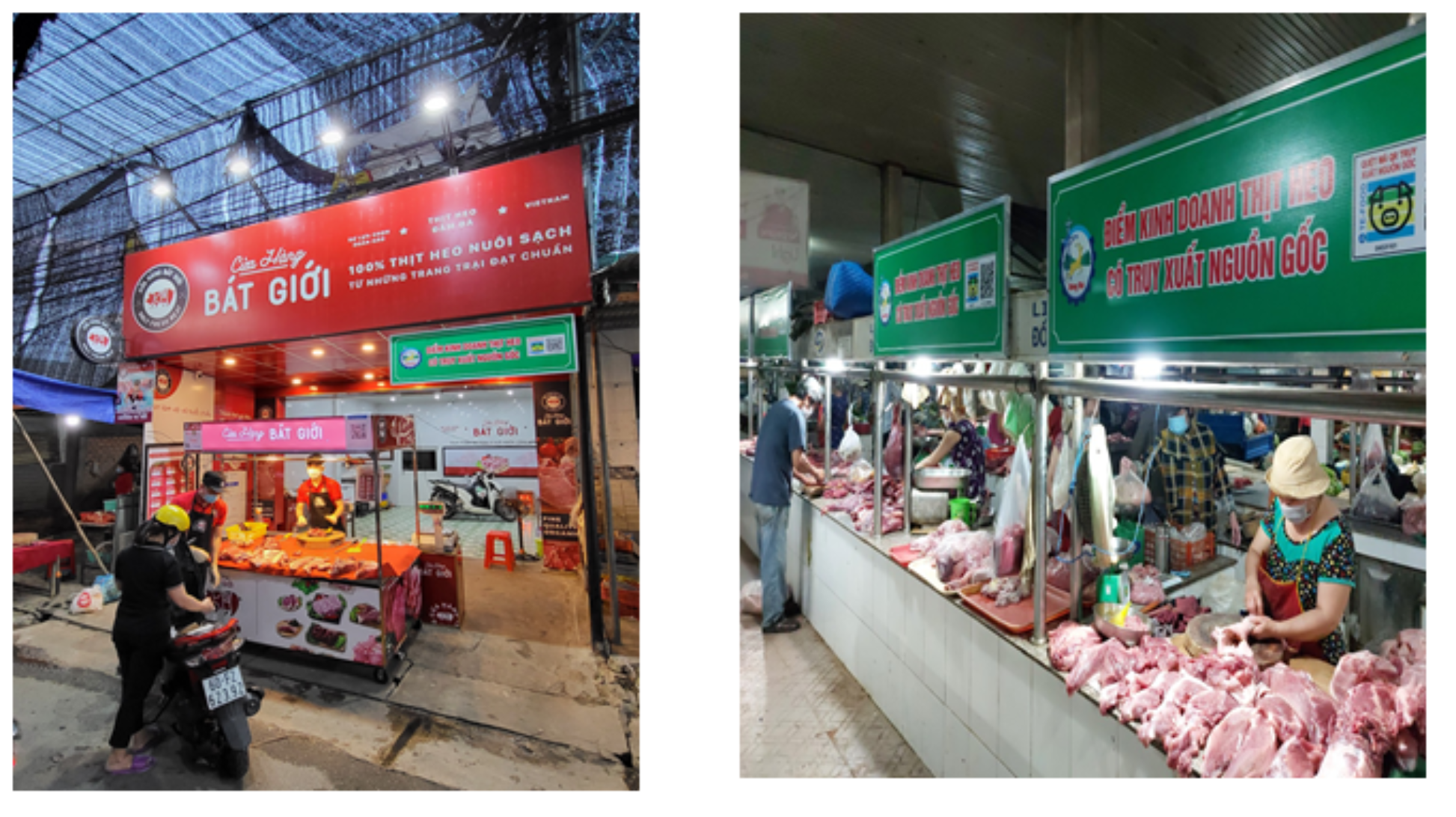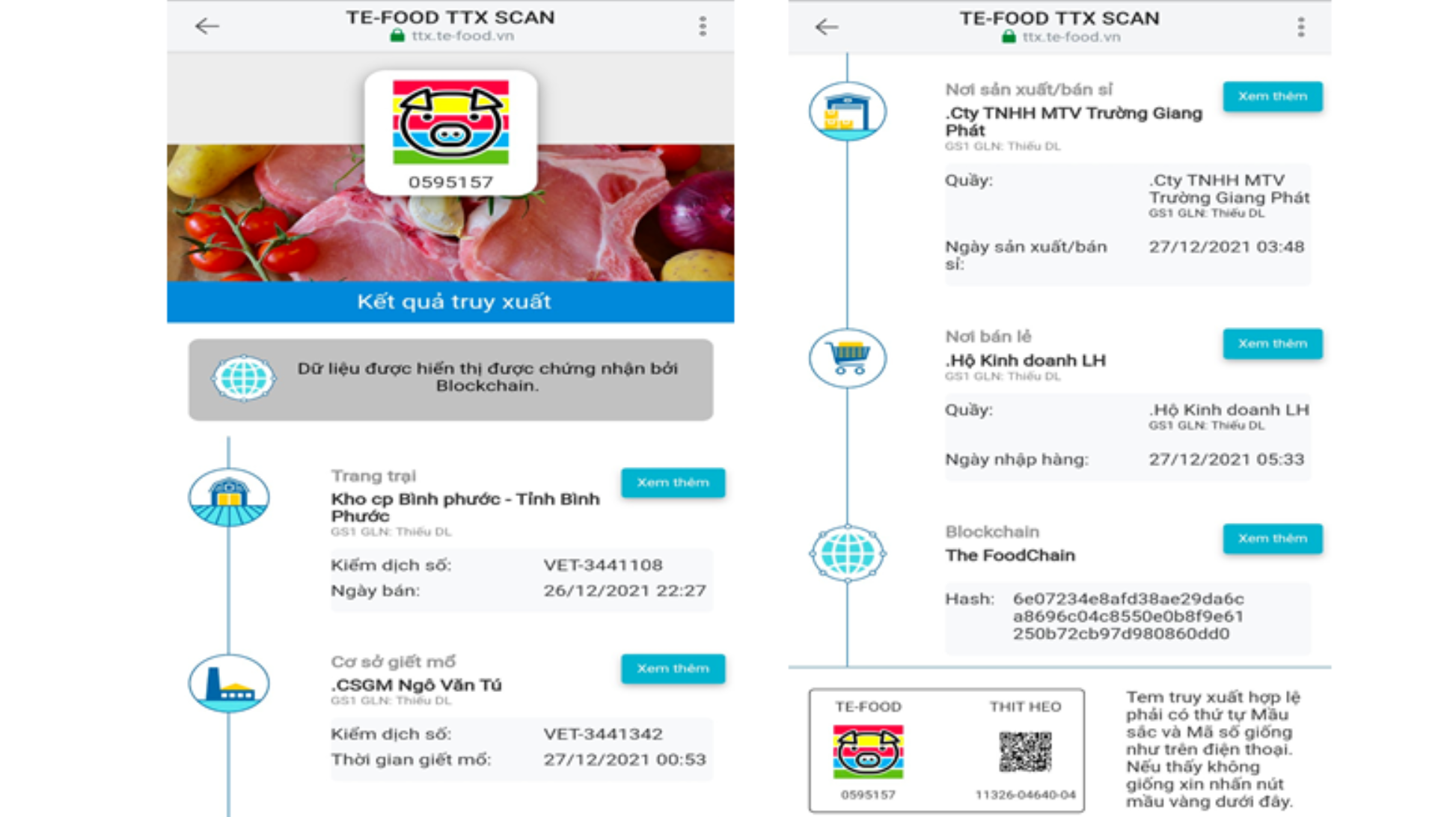
The project of tracing the origin of essential foods of animal origin in Dong Nai province for the period of 2019 - 2020, with orientation to 2025 was approved by the People's Committee of Dong Nai province in Decision No. 4238 / QD-UBND dated November 10, 2020.
The objective of the project is to establish a model of management, identification and traceability of products of animal origin based on the application of information technology; enhance the capacity of management, quality control, identification and traceability of products from breeding, slaughtering, transportation, trading and consumption in the province. Ensure safety and interests of consumers, meet the demand for using clean products for daily consumption. Thereby, contributing to building brand, enhancing competitiveness for suppliers, enterprises, pig farmers, traders who meet VietGAHP standards.

After nearly a year of implementing activities and related procedures, on December 23, 2021, the project officially operated experimentally at markets and convenience stores. Currently, there have been units that have registered and been granted accounts to participate in the supply chain, including: 97 pig farms, 29 slaughterhouses, 82 pig traders; 04 markets (including 37 small traders), 01 pig collection facility; 01 wholesale pork unit; 19 convenience stores, 04 collective kitchens.

The phone screen of customers when scanning QR code on traceability label
The process of traceability is as follows: Before leaving the barn, each pig is fitted with two identification rings (yellow) on two hind legs, the owner activates the Code on the identification ring and updates information about the time of sale, quantity, weight of sale, license plate number of transportation ... then transport to the slaughterhouse. The owner of the slaughterhouse will also be granted an account to participate in the traceability chain. Pork after slaughtering is transferred to supermarkets, convenience stores, markets (each link participating in the traceability chain is granted an account to perform the traceability process), here pork will be labeled with traceability before selling to consumers. Consumers use smart phones to scan QR codes on traceability labels to trace all information about pork origin from farms, traders, slaughterhouses, processing, distribution, consumption ...
Wearing anklets, sticking labels and scanning QR codes to trace the origin have received positive feedbacks, support and enthusiastic participation from pig farms, slaughterhouse owners, meat traders and consumers because:
- Pig farmers, slaughterhouse owners, traders: prove their food origin and take responsibility for their products.
- Consumers are more assured when choosing pork products that are traceable to ensure health for their families.
Source: Dong Nai Department of Animal Health

